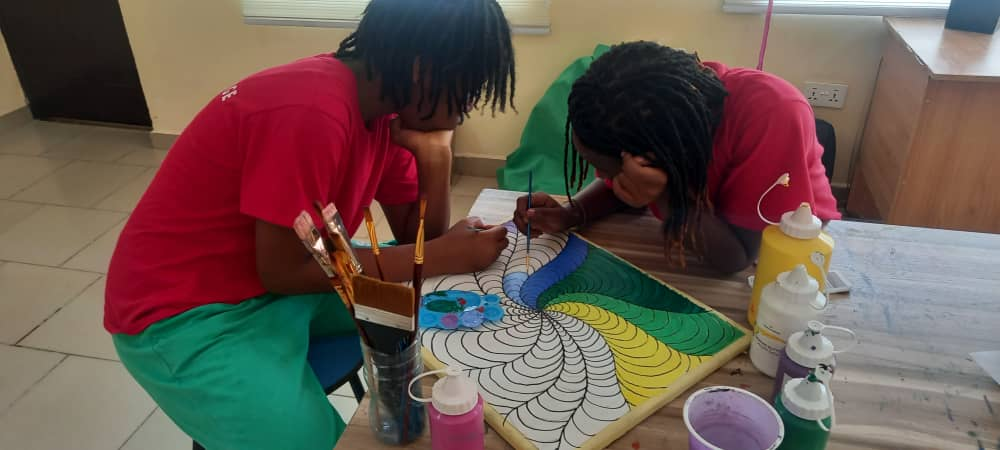One of the reasons why art is considered a universal language is because it can be interpreted in many different ways. A single piece of art can convey different meanings to different people, depending on their background, experiences, and beliefs. For example, a painting of a tree may be interpreted as a symbol of life, growth, and renewal by one person, while another person may see it as a symbol of nature, beauty, and tranquility. The beauty of art lies in its ability to convey complex ideas and emotions in a way that is accessible and meaningful to everyone.
Art is also a language that does not require words. Unlike verbal communication, which is limited by language barriers, art can be understood by anyone regardless of their language. A painting, sculpture, or piece of music can convey a message or emotion without the need for translation. This is especially important in today`s globalized world, where people from different cultures and backgrounds interact with each other on a regular basis.
Moreover, art has the ability to evoke emotions and create a sense of empathy and understanding between people. When we view a piece of art, we may be moved by the emotions it conveys, whether it is joy, sadness, or anger. This emotional response can help us to connect with the artist and with each other, creating a shared experience that transcends language and cultural barriers.

Art is also a way of preserving culture and history. Through art, we can learn about the beliefs, values, and experiences of different societies and cultures. From ancient cave paintings to contemporary art, art has been used to document historical events, social movements, and cultural practices. It serves as a visual representation of a society’s history, values, and beliefs, allowing us to learn from the past and appreciate the diversity of human experience.

In conclusion, art is a universal language that can be understood and appreciated by people from all over the world. It transcends language and cultural barriers, evokes emotions, and creates a sense of empathy and understanding between people. Art is a powerful tool for communication that has the ability to convey complex ideas and emotions in a way that is accessible and meaningful to everyone. As such, it is an essential part of human expression that enriches our lives and helps us to better understand each other.
Article by Steve Ayewah
Art Teacher
Canadian Bridge Academy Abuja



